|
-
30th October 18, 03:56 PM
#1
Do un-scalloped kilts need reinforcing?
I've been looking around and haven't been able to find a definitive answer, but as the titles says: Do lower yardage, un-scalloped kilts need any reinforcing with a stabilizer?
I've found some really great threads from Mr Steve Ashton on the importance of reinforcing and stabilizing a scalloped kilt properly, but I was thinking along the lines of a 4 or 5 yard kilt that doesn't "need" to have the pleats scalloped.
The more I read, the more I'm tempted to fashion a belted plaid from some regimental wool for my farm kilt. 
Last edited by huntgathergrow; 30th October 18 at 06:54 PM.
Reason: Reference to specific kilt makers seemed unneeded.
-
-
30th October 18, 04:13 PM
#2
The reason for the internal elements is not because the pleats are cut away, it is due to the fabric.
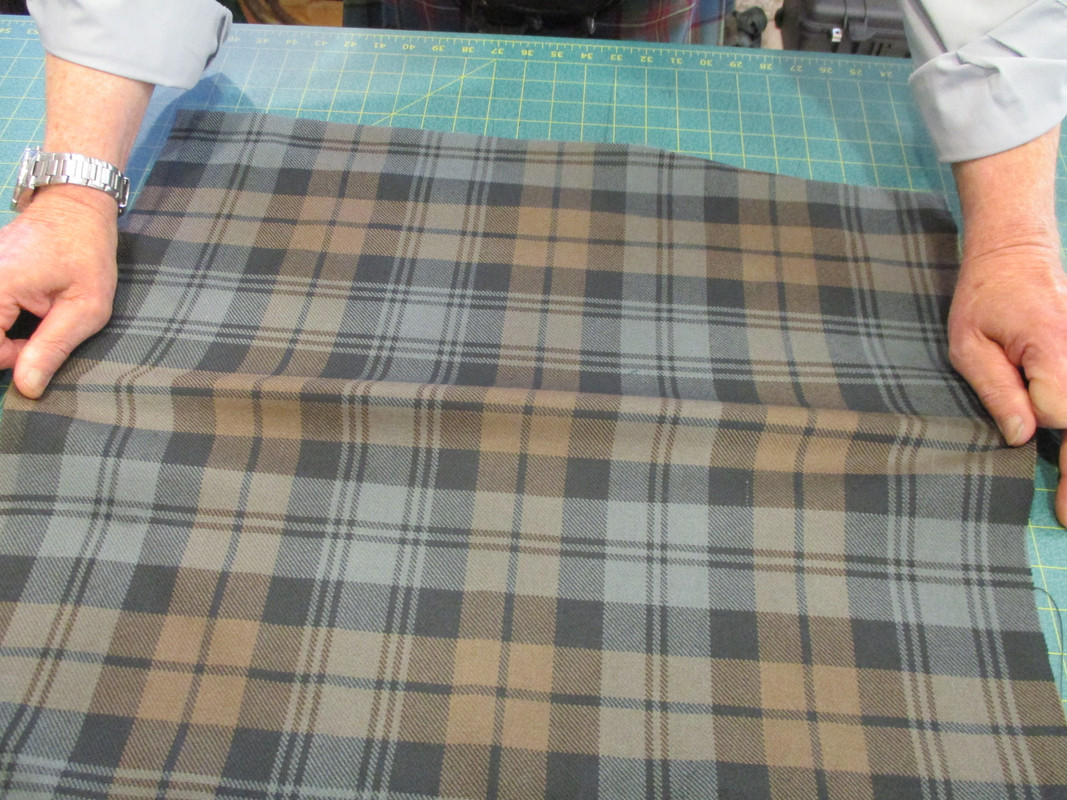
If you are just wrapping some fabric around yourself and gathering it in a belt you are not putting any stress on the fabric like would be done with straps and buckles.
Steve Ashton
www.freedomkilts.com
Skype (webcam enabled) thewizardofbc
I wear the kilt because: Swish + Swagger = Swoon.
-
-
30th October 18, 04:39 PM
#3
 Originally Posted by The Wizard of BC

The reason for the internal elements is not because the pleats are cut away, it is due to the fabric.
If you are just wrapping some fabric around yourself and gathering it in a belt you are not putting any stress on the fabric like would be done with straps and buckles.
Ah! I see now. Thank you for the answer. I'll be rethinking my options, now.
-
-
31st October 18, 02:13 PM
#4
What do you mean by "un-scalloped"? Are you referring to the pleats being cut out?
-
-
31st October 18, 02:22 PM
#5
 Originally Posted by davidlpope

What do you mean by "un-scalloped"? Are you referring to the pleats being cut out?
Yes, exactly.
-
-
31st October 18, 03:36 PM
#6
-
-
31st October 18, 04:36 PM
#7
-
The Following User Says 'Aye' to The Wizard of BC For This Useful Post:
-
2nd November 18, 01:27 PM
#8
I have some heavy kilts as quite a few are 'ladies length' of 27 inches or even ankle length.
First I build in ease, and then lose a couple of inches from the top edge as that removes strain from the fabric, my waist being compressible.
Secondly I have quite a stash of all sorts of useful reinforcements so the strain of holding the kilt is taken on military quality webbing.
Thirdly I have a reel of thread which is extremely strong, and I use that to attach the straps and buckles.
My grandmothers both made clothing and used small but significant methods to reduce the strain at points of wear, which made a real difference to the length of time garments remained in good condition.
I presume to dictate to no man what he shall eat or drink or wherewithal he shall be clothed."
-- The Hon. Stuart Ruaidri Erskine, The Kilt & How to Wear It, 1901.
-
The Following User Says 'Aye' to Pleater For This Useful Post:
 Posting Permissions
Posting Permissions
- You may not post new threads
- You may not post replies
- You may not post attachments
- You may not edit your posts
-
Forum Rules
|
|













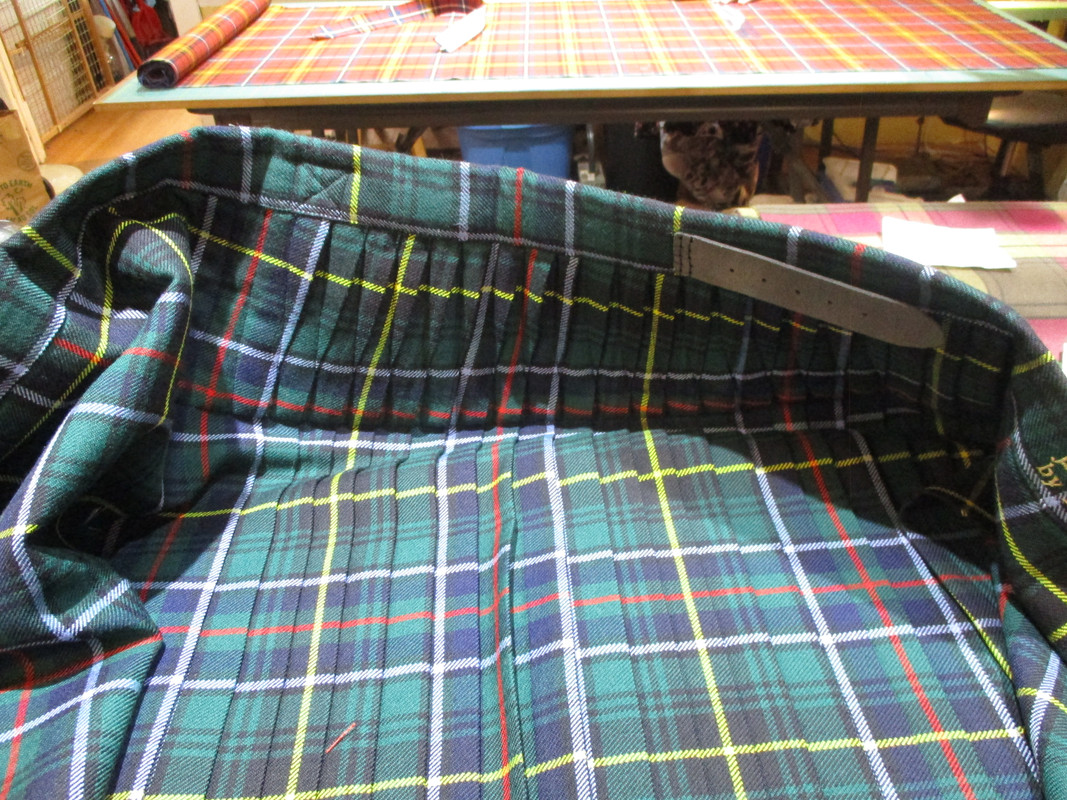

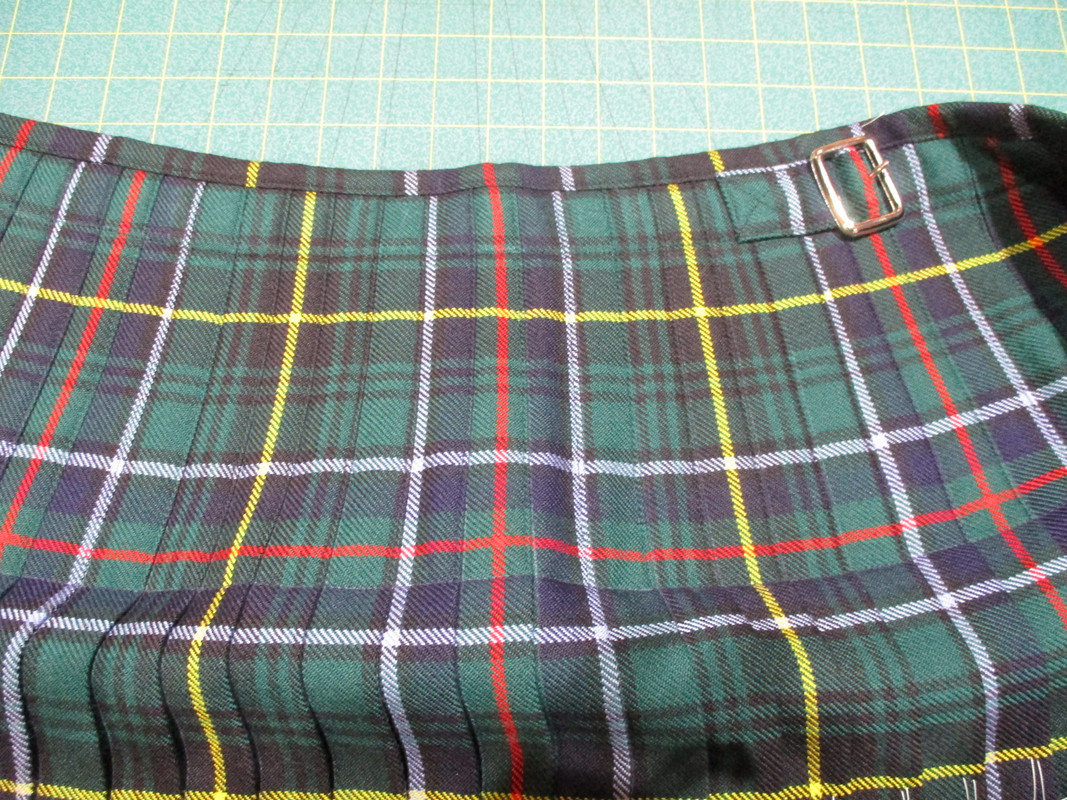
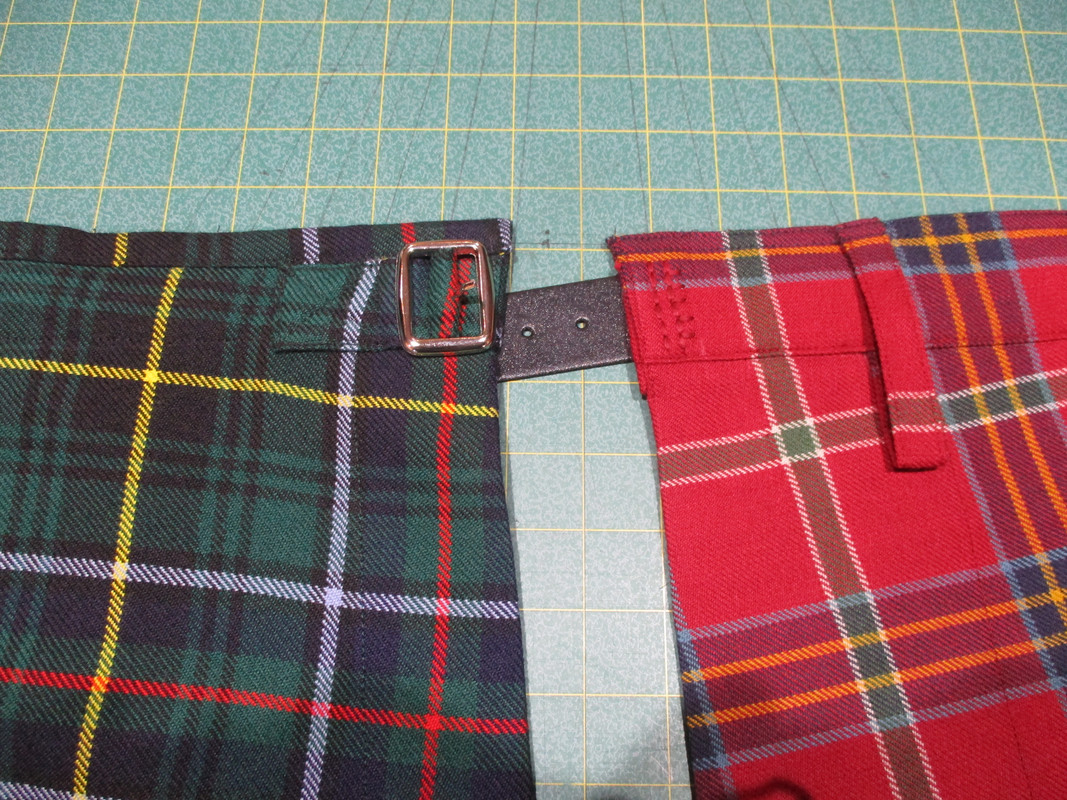
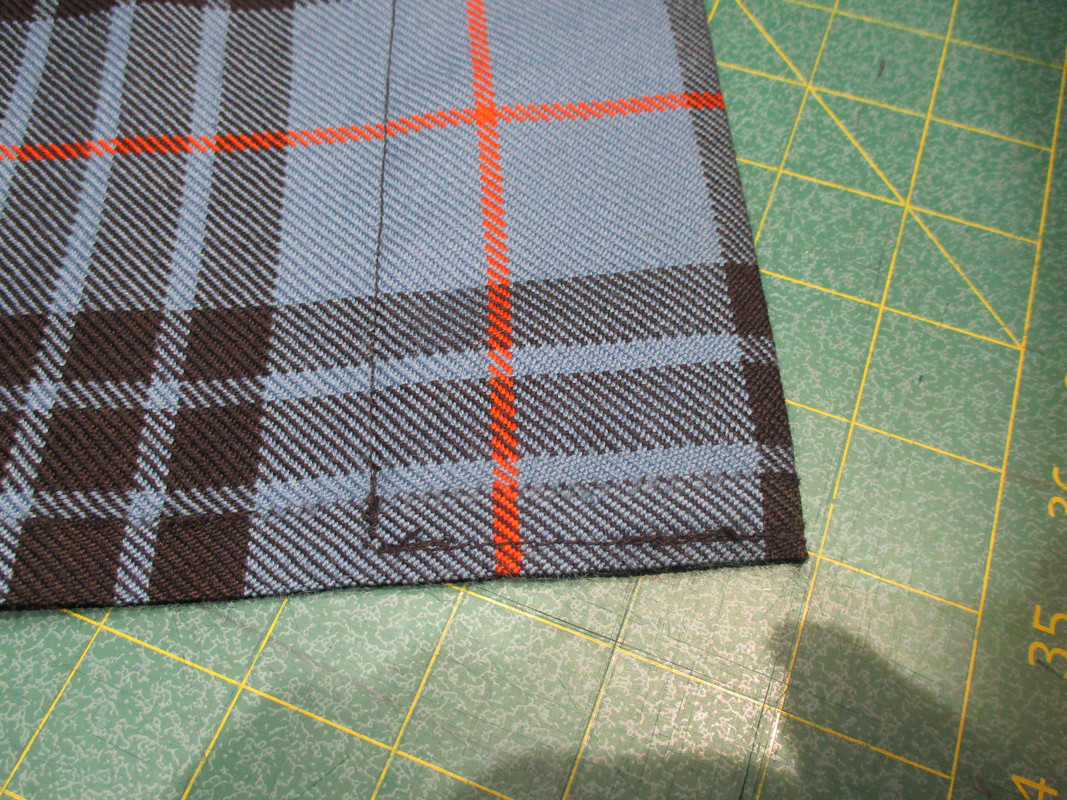



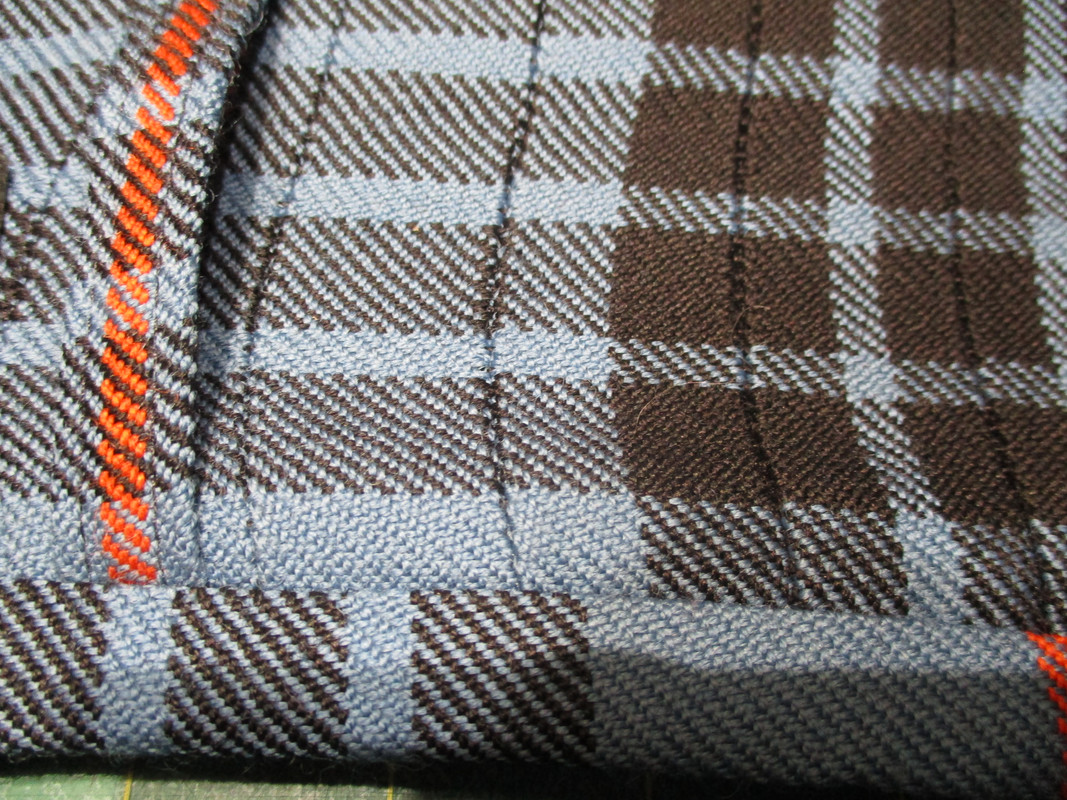
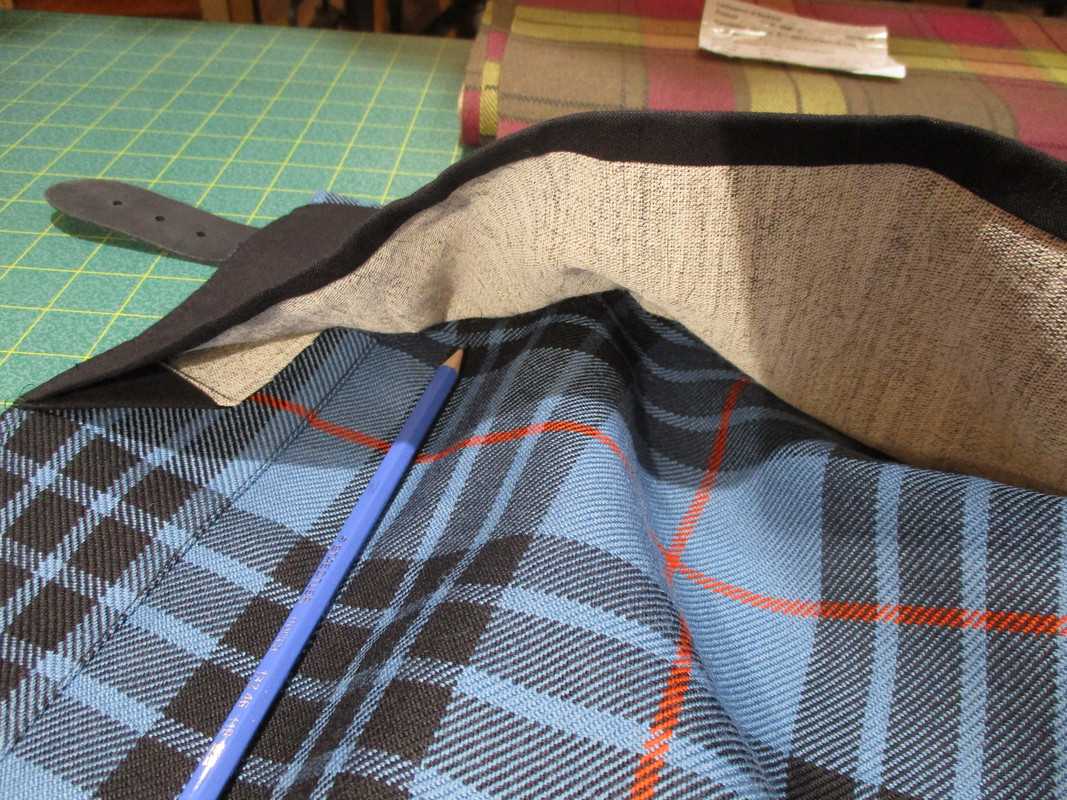
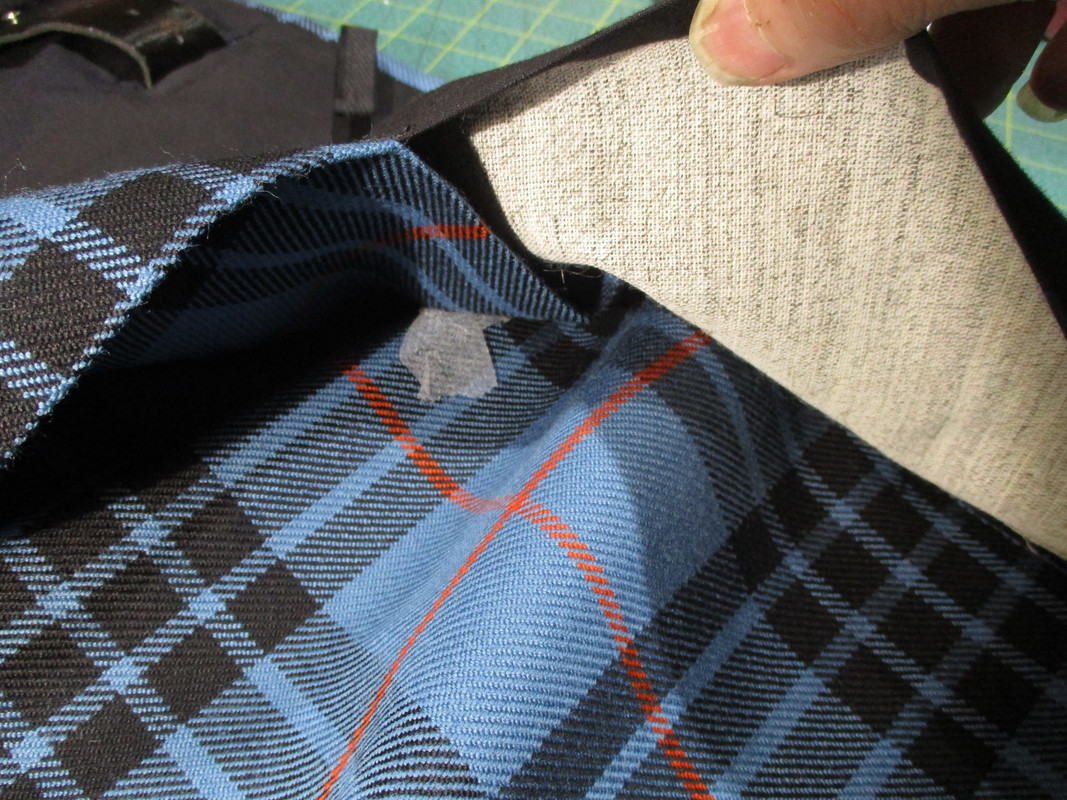
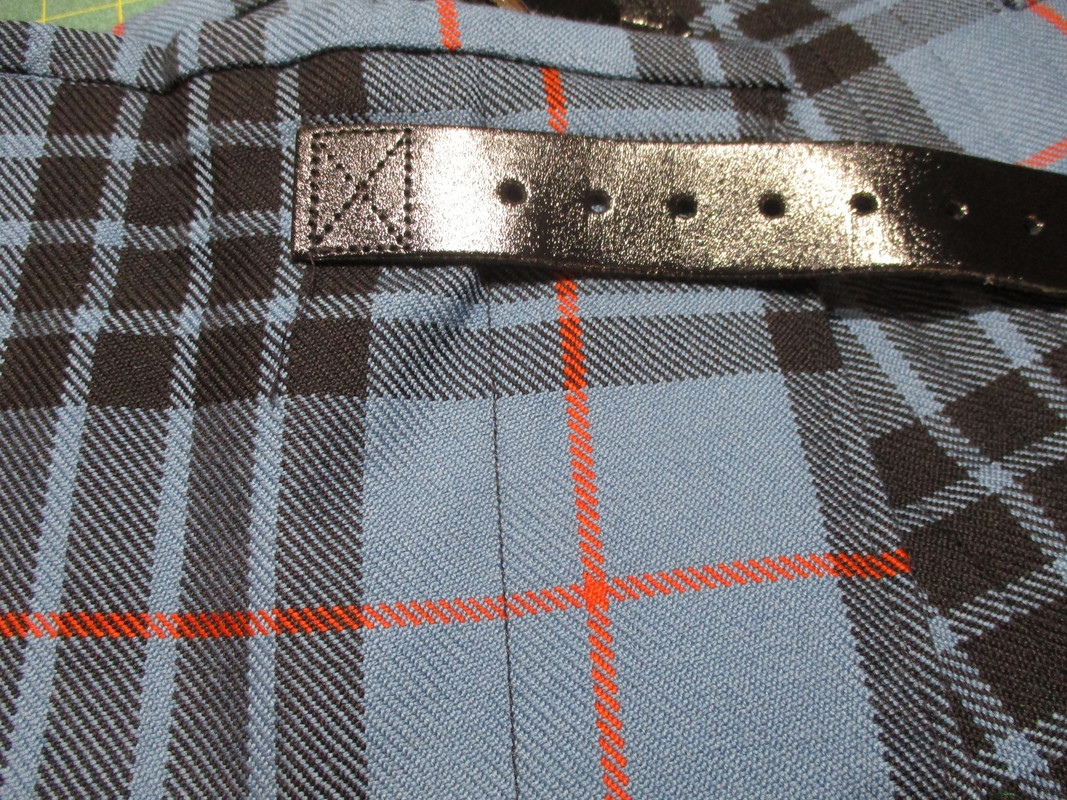








Bookmarks